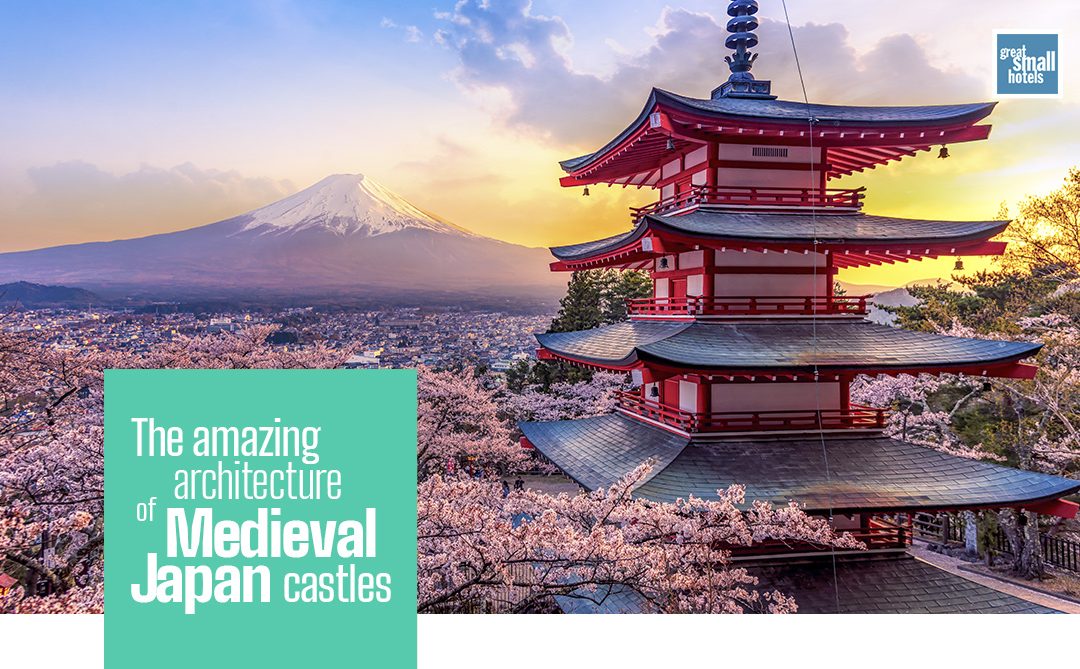The architecture of Japan is one of the country’s main attractions, no matter if you are an expert or have no idea of the subject. This rare condition of conquering the attention of both the connoisseur and the clueless, responds to two principal reasons. On one side, buildings are visually captivating with their colorful square shapes, multiple floors, and the elliptical so-called hidden roofs. These details make everyone stand still admiring their timeless beauty. On the other side, those who are aware of the inexhaustible history and culture beneath use to dedicate even more time to that contemplation.
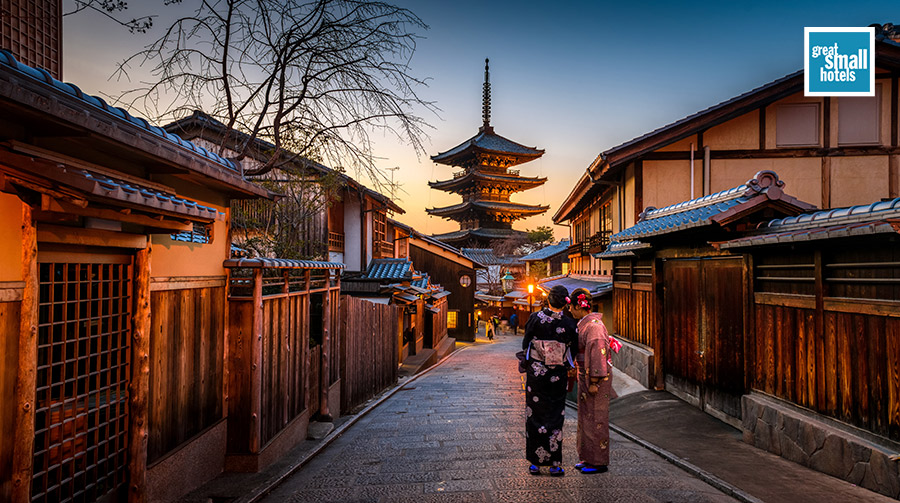
For these two groups, and for everyone in between, this article delves into the unique architecture of Japan.
Nihon kenchiku
Japanese resilience played a role and made its architecture evolve to an even richer level. Technological evolution and local inventiveness were combined to develop a cutting-edge style of design. Despite this, centuries of techniques to adapt to hostile geography, the influence of international dynasties, national aristocracies, and more can be seen and read on many buildings.
Architecture of Japan
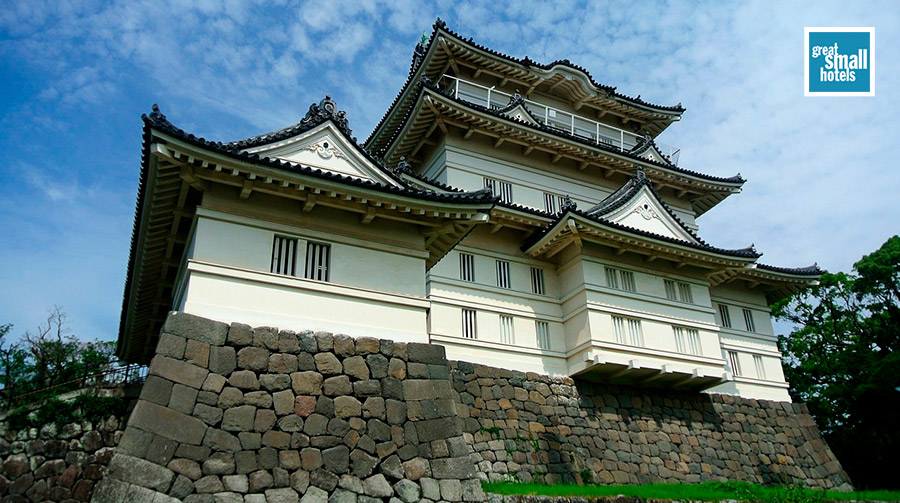
Even when the roofs are the most distinguishing characteristic of the Japanese style, many features, techniques, and styles can be defined throughout the country. For instance, residences use to have their own composition, medieval castles will boast about their very design, as well as Buddhist temples or “Shinto shrines.” Absolutely essential results to visit Odawara Castle, a stronghold for the Doi Clan. Likewise, Osaka Castle is a landmark in the country, a keystone of its unification in the sixteenth century.
A common denominator
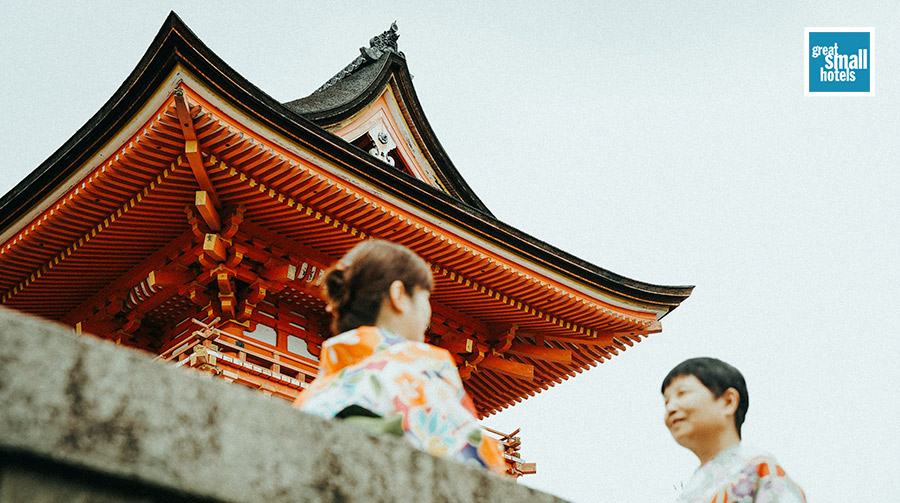
Despite the infinite varieties that are to be found all over the country, there is a typical image to which our minds refer to when thinking about the architecture of Japan. On the whole, everyone identifies the aforementioned curved roofs, together with posts, lintels, and extremely thin sliding doors as walls. Beyond the infrastructure itself, there is a generous decoration, carefully finished carved woods, and attractive colorful facades. Indoors, a simple minimalist but fancy arrangement will probably be the most common atmosphere.
Tokyo
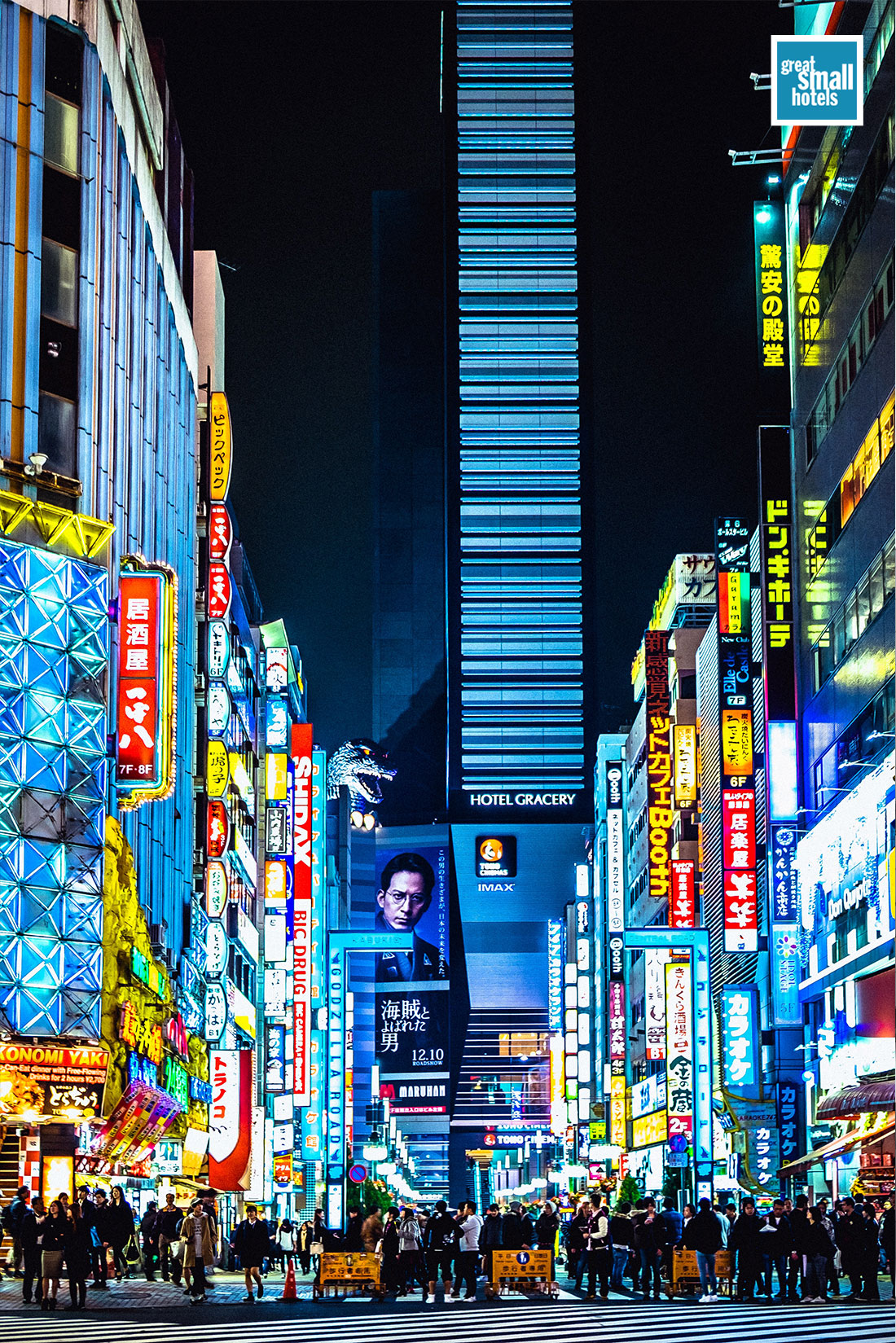
Perhaps one of the most curious contradictions of Japan is that many of those ancient buildings still stand amid ultimate state-of-the-art skyscrapers. Tokyo, as well as other less visited cities of Japan, offers that mystique combination. If what you are looking for is something more unearthly then the following recommendations of Tokyo attractions may be quite helpful.
Reiyukai Shakaden Temple: curiously, this outstanding building belongs to a branch of Buddhism that focuses on mental, physical, and spiritual education. The temple is hard to define and describe since it seems to have a layer structure golden roof, which at the same time appears to be the splitting of many floors.
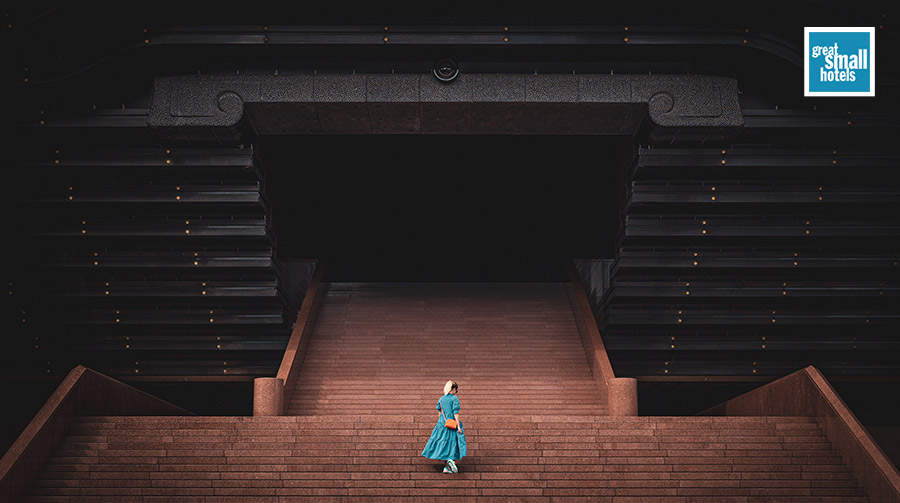
Nakagin Capsule Tower: even further away from the traditional edifices, this post-war construction stands over two pillars, from which dozens of squared concrete boxes with an only circular window each are held.
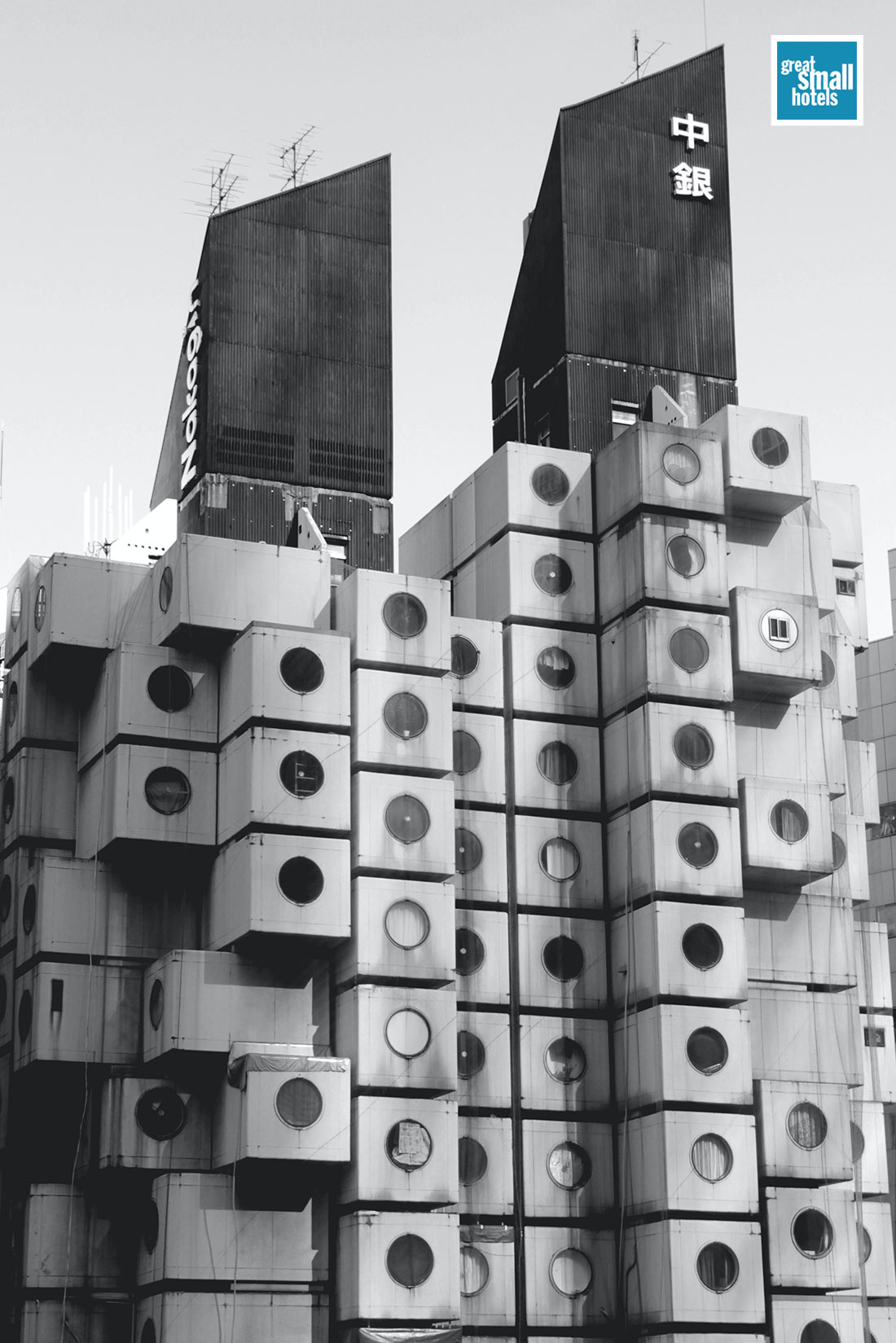
Fuji Television Building: designed by Kenzo Tange, as many of the architectural landmarks in Tokyo, this is one of the most surrealistic structures in the city. Its two main towers, the aerial walkways between them, and an enormous titanium globe are scarcely the beginning of what you will see.
Architecture of Japan
Summarizing, it is not only the uncommon shape of buildings, their history, or the risky design of these structures that captivates most of the people. It is that when you admire all that, you cannot help yourself thinking that this community has settled on islands of a considerable earthquake hazard. Definitely, too many reasons to go to great lengths to visit the country.


